ECONOMIC DEVELOPMENT
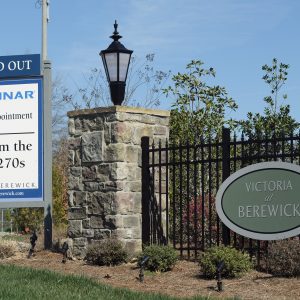
Charlotte is growing – literally – as the city annexes more land
You’ve probably heard a few catchy statistics about Charlotte’s explosive growth: For example, the city’s population increased by 47 people a day from 2010 to 2018. But did you know that over the same period, Charlotte also grew by more than a square mile each year? Since 2010, Charlotte’s total land area has increased by […]
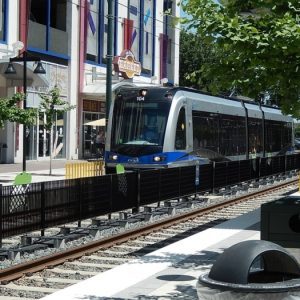
CATS is zeroing in on light rail expansion to Pineville, Ballantyne
The Charlotte Area Transit System took another step towards expanding the region’s transit network this week, with recommendations for how to extend the Blue Line light rail about five miles through Pineville to Ballantyne. At the Metropolitan Transit Commission, staff presented their preferred routes, which would take the rail line across Carolina Place Mall along […]

Historical Overview Part 1: The early development of a connected region
Charlotte and the surrounding counties have changed dramatically over the past 250 years, evolving from an agrarian backwater to a manufacturing powerhouse to a hub of global finance. Our first European settlers’ hope was to support themselves by working the land, but 100 years of agriculture showed our predecessors that local farming was much more […]

The Carolinas Urban-Rural Connection: Strengthening ties to revitalize communities
[Read the full report here] It was a cold January day in 2018 when eight researchers from UNC Charlotte’s Urban Institute stepped out into the brisk air in Hamlet, a small town in Richmond County, N.C. A dusting of snow from a surprise storm the previous day still covered the railroad tracks adjacent to the […]
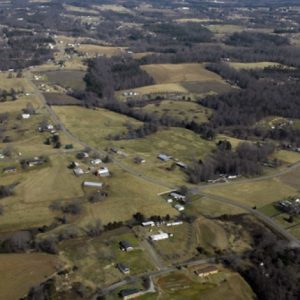
Defining our study area: How we picked the 32 counties
The city of Charlotte has a long reach. While this is certainly not a surprise, we don’t really know much about how Charlotte influences its surroundings and how far this reach extends. We do have some conventions to help us understand the extent to which our region is connected. Metropolitan areas are commonly used to […]
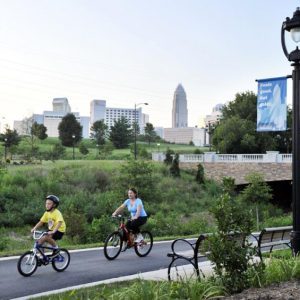
Historical Overview Part 3: The rise of banking builds a globally connected region
While Duke was building the world’s largest electrical network in the Western Piedmont, some Charlotte mill owners recognized that more money could be made loaning money to aspiring industrialists than making cloth themselves.
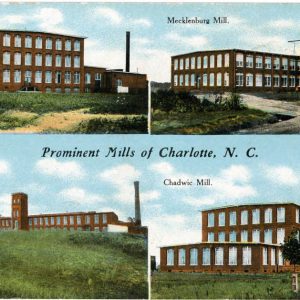
Historical Overview Part 2: Post-Civil War, the region becomes an industrial system
From an agrarian system to an economy based on rural mills and factories drawing workers from former farms and sending goods to Charlotte for distribution, the region undergoes rapid change.
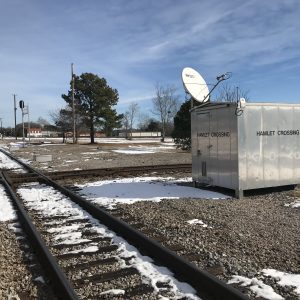
Trails, roads, rails and sky: The changing physical connections that knit our region together
A growing web of infrastructure and physical connections – both within the wider region and between the region and the outside world – has had a profound effect on where growth went, and where it stayed away from. People and industries in the Carolinas Urban-Rural Connection study area followed trading paths, railroads, highways and, now, air service.
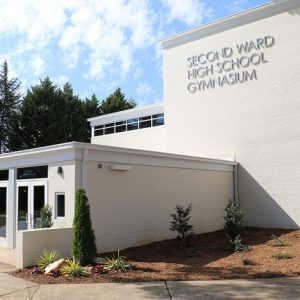
Five 2019 Historic Preservation Awards winners announced in Charlotte
Charlotteans often lament how many old buildings here have been torn down, but there are still structures worth saving, along with groups and developers willing to put in the work.
On Thursday, the Charlotte Museum of History announced the winners of its 2019 Historic Preservation Awards. The five honorees, from 27 nominations, include a historic high school gym, a hip, repurposed mill, and historic houses.
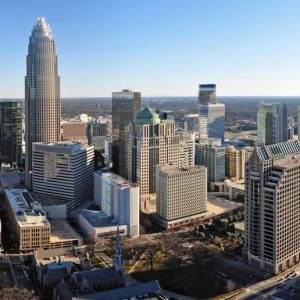
The Urban Institute Research Faculty Fellows seek to better our region
A new program designed to identify solutions for some of the pressing needs and issues facing the greater Charlotte region is getting underway this fall at the UNC Charlotte Urban Institute. For the first time, the Institute has named a cohort of Faculty Fellows to conduct research projects and work alongside local stakeholders to understand […]